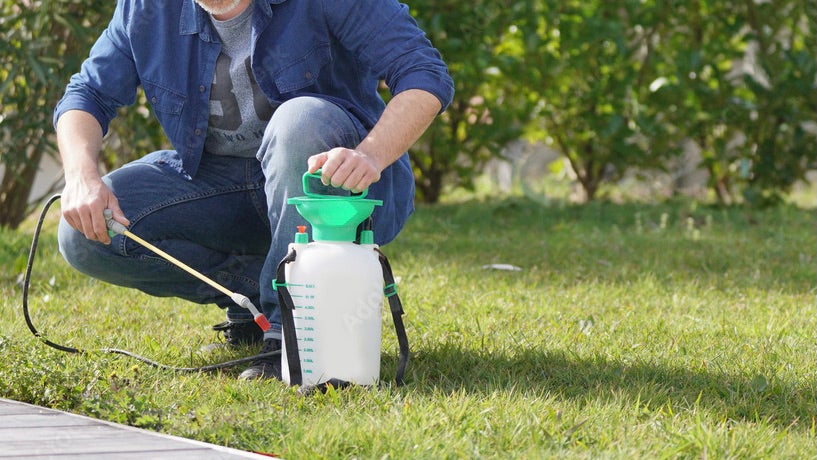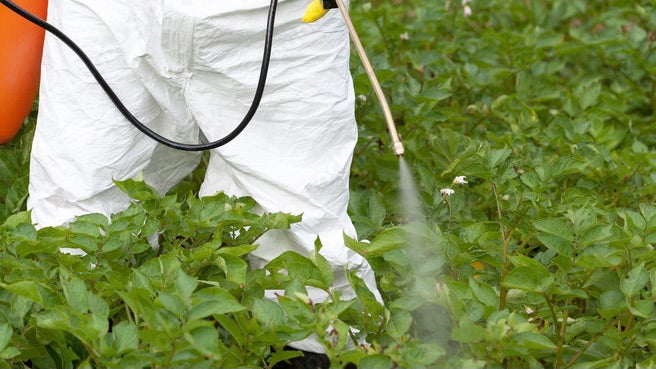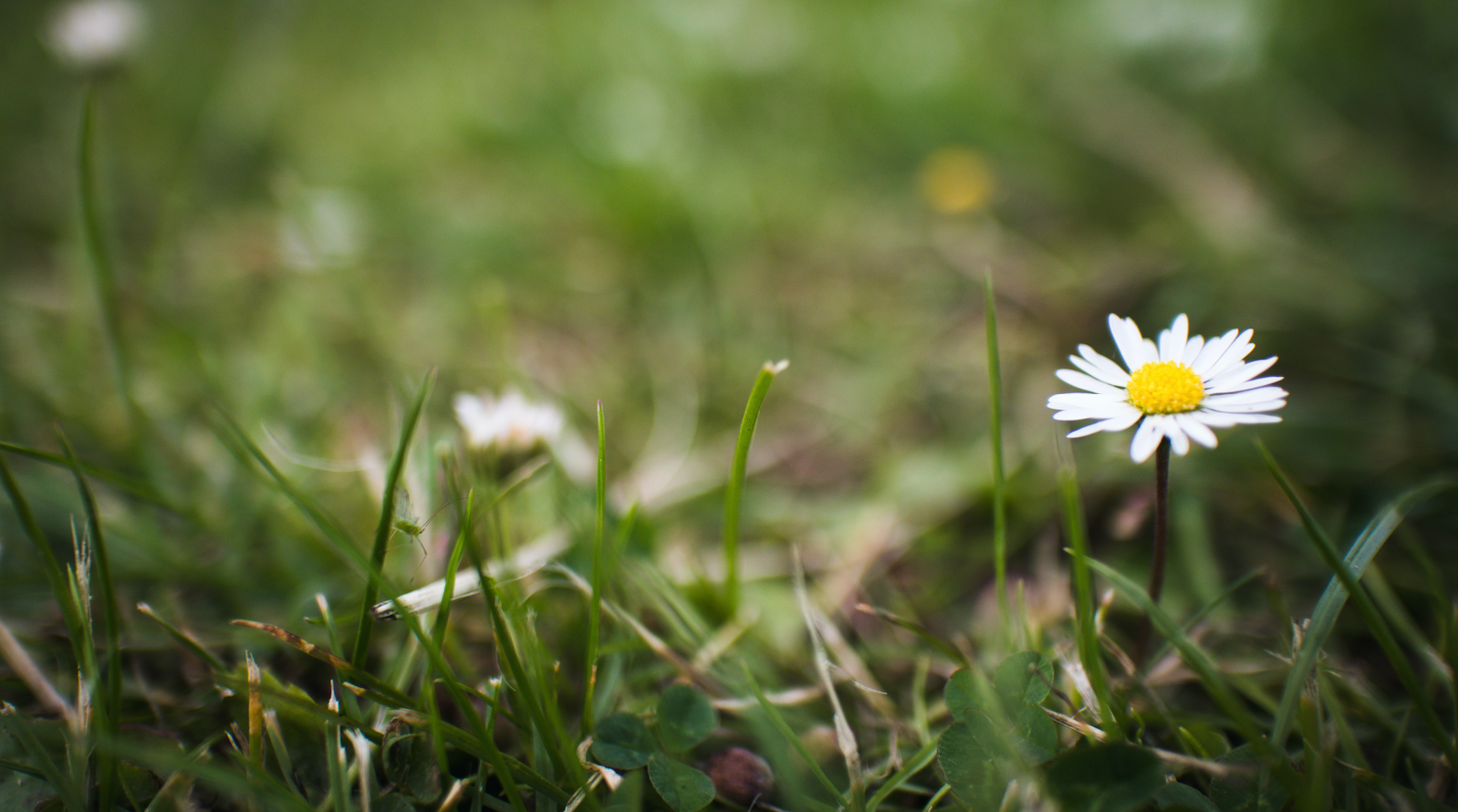
Spraying in the Garden
22 Feb, 2022
Should I use an organic or chemical spray?
Both types have their pros and cons. An organic spray needs to be applied more frequently than chemical types and chemical sprays tend to leave a residue in the soil, affecting newly planted plants or plants nearby.
Despite being organic, organic sprays can still be harmful to bees. Pyrethrum is a derivative of a plant and is classified as organic but is toxic to bees. If using, we recommend spraying in the evening when bees are less active.
If you are looking for an organic spray, we recommend either the GroSafe range or the Aquaticus range. These can be purchased from Kings, as well as the soil improvement and conditioning products.
What does rain fast mean?
Rain fast refers to the amount of time between spraying and rainfall. Rain or water being applied soon after spraying will affect the results.
For safe spraying, do the following:
1. Read ALL label instructions and follow them totally and accurately.
2. DO NOT over-apply spray and follow the application rate carefully, as this could harm plants.
3. Measure the area to be sprayed first for weedkillers. Over-application may kill the plants you want to keep.
4. Only ever spray on a still day so that the spray does not drift in the wind and cause damage to neighbouring plants.
5. Wear gloves, a face mask that is spray proof, long trousers, closed footwear, and long sleeves, or invest in a spray suit. This protects your health and wellbeing from the inhalation or exposure to toxic chemicals.
6. Do not spray insecticide, fungicides, or miticides in the sun. Weedkillers, however, work better and quicker when sprayed in the sun.
7. Dispose of empty bottles carefully. For a disposal company click this link https://www.hazchemservices.com/.
Spray equipment care:
1. Have 3 separate sprayers, one for insecticides/miticides, 1 for herbicides and 1 for fungicides. Ensure that you label each sprayer for its particular purpose.
2. Always carefully rinse out the sprayer and clean out the nozzle. Some spray residues can block the nozzle if not rinsed out thoroughly.
3. Use up all the spray that you have mixed as they should not be stored once mixed.
4. Do not use more than required. It is better to mix up a smaller quantity more often.
5. Always store chemicals in their original container.
6. Keep out of reach from children and pets.
Mixing chemicals:
This can be dangerous, as different chemicals can react and cause the container to burst.See label on the bottle for COMPATIBILITY as this will tell you what it cannot be mixed with.
Adding a spreader/sticker or wetting agent to your sprays can make them more effective as they penetrate and adhere to the plants surface for longer. These products are called Sprayfix, or Grosafe Force.
There are four different types of sprays on the market that target different things.
Fungicides
Fungicides are biological chemical compounds or biological organisms used to kill parasitic fungi or their spores. Fungi can cause serious damage resulting in critical losses of yield quality.
Take care when using Lime Sulphur as this will stain concrete and other surfaces. It is used as a clean-up spray in winter and will make all the leaves on a plant fall off (defoliate), so therefore should only be used on deciduous plants.
Insecticides
Contact insecticides are toxic to insects upon direct contact. These can be inorganic insecticides, which are metals and include the commonly used sulphur and the less commonly used arsenates, copper and fluorine compounds.
Contact insecticides can also be organic insecticides, i.e., organic chemical compounds, synthetically produced, and comprising the largest numbers of pesticides used today. Or they can be natural compounds like pyrethrum, neem oil etc.
Miticides
Spider mites are a group of plant feeding mites that belong to the family Tetranychidae. Some species can be severe pests on fruit trees, greenhouse vegetables, and flower crops. Outbreaks of mites are often associated with the use of pesticides used to kill insects, but which also kill the mites' natural enemies.
In New Zealand, the most common spider mite pests belong to two groups, Panonychus and Tetranychus. Pannonychus species produce little webbing, while Tetranychus species often produce a lot of webbing. The lifecycle of all species comprises of an egg stage, larval stage, two nymphal stages and an adult stage. Most miticides kill only the active stages (larva, nymphs, and adult mites). However, the relative effectiveness of miticides against immature and adult stages differs between miticides.
Products available to help control mites are Mavrik, Aquatacus Bugtrol, or Neem oil. The best option is to alternate between sprays so that they do not build a resistance.
Herbicides
Herbicides also commonly known as weedkillers and are substances used to control unwanted plants. Selective herbicides control specific weed species, while leaving the desired crop relatively unharmed, while non-selective herbicides can be used to clear waste ground, industrial and construction sites, and railways as they kill all plant material with which they come into contact with. Apart from selective/non-selective, other important distinctions include persistence (how long the product stays in place and remains active), means of uptake (whether it is absorbed by above-ground foliage only, through the roots, or by other means).
Foliar application: These are applied to the portion of the plant above the ground and are absorbed by exposed tissues. These are generally postemergence herbicides and can either be translocated throughout the plant or remain at specific site. External barriers of plants like cuticle, waxes, cell walls affect herbicide absorption and action. Glyphosate is a foliar applied herbicide.
Glyphosphate is a broad-spectrum systemic herbicide and crop desiccant. It is an organophosphorus compound, specifically a phosphonate, which acts by inhibiting the plant enzyme 5-enolpyruvylshikimate-3-phosphate synthase. It is used to kill weeds, especially annual broadleaf weeds and grasses that compete with crops. NOTE: Glyphosphate is the active ingredient in various brands of herbicides, and it is important to check the label on a product.
Tip:
When purchasing a weedkiller, be sure to read the label and find out if the spray has a soil residue. This will mean that you won’t be able to plant in the sprayed area for a certain time period. Some sprays are carried down through the roots into the soil and can be carried and dispersed by the soil water to neighbouring (desirable plants) plants causing death or damage. This is also usually stated on the label.

